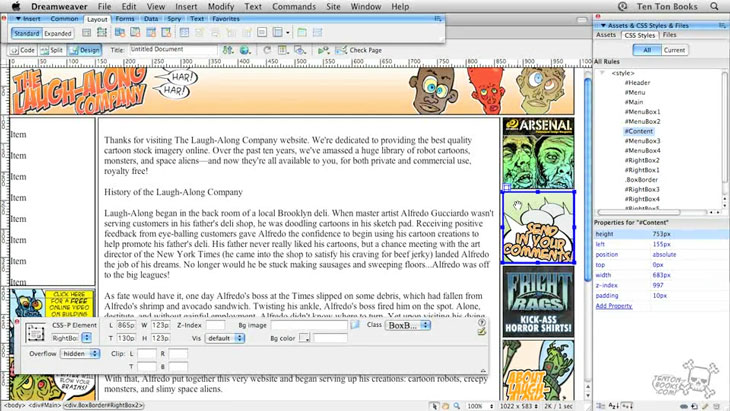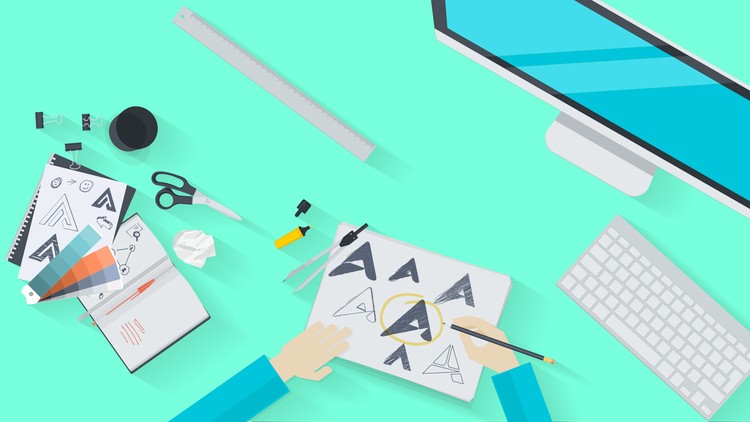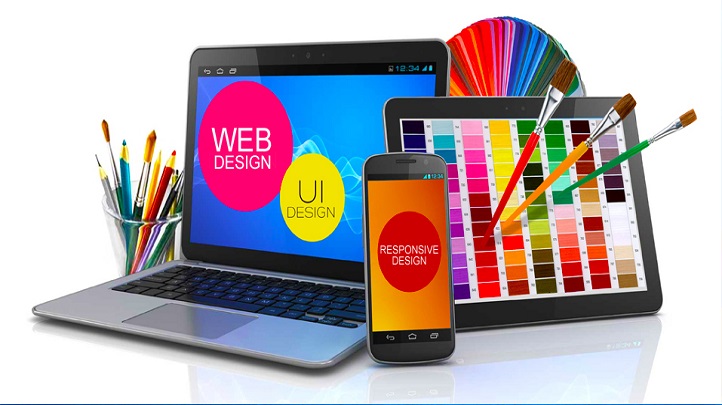Copyright © 2026 LOOP All Rights Reserved.
A Guide on Instructional Design Theories and Design Application
Course Description
Instructional design, or instructional systems design (ISD), is the practice of creating "instructional experiences which make the acquisition of knowledge and skill more efficient, effective, and appealing." The process consists broadly of determining the state and needs of the learner, defining the end goal of instruction, and creating some "intervention" to assist in the transition. Ideally, the process is informed by pedagogically (process of teaching) and andragogically (adult learning) tested theories of learning and may take place in student-only, teacher-led or community-based settings. The outcome of this instruction may be directly observable and scientifically measured or completely hidden and assumed. There are many instructional design models but many are based on the ADDIE model with the five phases: analysis, design, development, implementation, and evaluation. As a field, instructional design is historically and traditionally rooted in cognitive and behavioral psychology, though recently constructivism has influenced thinking in the field.
Know the fundamentals of Instructional Design and produce quality educational content.
- Know Key Instructional Design Models
- Understand what are Adult Learning Principles
- Understand the Overview of Learning Theories
- The importance of Training Needs Analysis
- Introduction to ID Fundamentals
- What are the Cognitive Approaches
- Determining the Right Audio Strategy
- Writing Effective Storyboards and Objectives
- Content Types and Their Visualization Approaches
- Creating Effective Assessments
- Guide to Editing
- mLearning Essentials and Strategies
Course Objectives
1. Understand how the key principles instructional design models is made up
2. How can Adult Learning Principles make your content appeal to the older audience
3. Understand how learning theories can improve how you structure your content
4. How you can further improve your content by understand your analysis
5. Recognize the IDs fundamentals in order to strengthen your design
6. Discover ways to enhance your design that caters to your targeted readers
7. How to find the right tune for your source and your target audience
8. Identify the foundation and key points to designing your content
9. Understand and learn how to create effective reading materials
10. How assessment can enable more productivity
11. Learn how to write and edit seamlessly
Content
Instructional Design Theories - Key Instructional Design Models
Instructional Design Theories - Adult Learning principles
Instructional Design Theories - Overview of Learning Theories
Instructional Design Theories - Training Needs Analysis
Instructional Design Theories - Introduction to ID Fundamentals
Instructional Design Theories - Cognitive Approaches
Instructional Design Application - Determining the Right Audio Strategy
Instructional Design Application - Writing Effective Storyboards
Instructional Design Application - Writing Effective Objectives
Instructional Design Application - Content Types and Their Visualisation Approaches
Instructional Design Application - Creating Effective Assessments
Instructional Design Application- Guide to Editing (Part 1)
Instructional Design Application - Guide to Editing (Part 2)
Instructional Design Application - mLearning: Essentials
Instructional Design Application - mLearning: Strategies
A Guide on Instructional Design Theories and Design Application
- Duration 14 hr 0 mins
- Skill level All Levels
- Languages English
- Tag(s) eLearning Design Skills Upgrading



